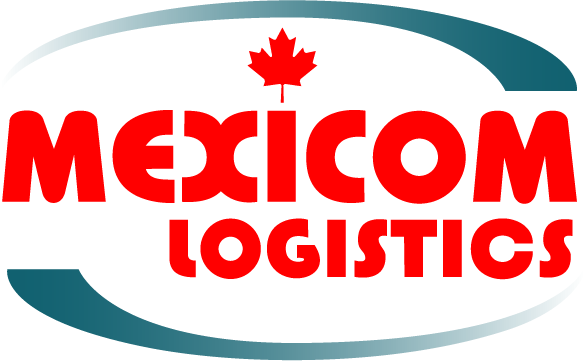Is LTL the best option for the food industry?
For the suppliers in the food industry, using an FTL (Full Truckload), which is faster and safer, is more expensive when the loads are smaller than the truck capacity. The same thing happens when the load does not have the size needed for a PTL (Partial Truckload). The alternative that allows reducing expenses is choosing an LTL (Less Than Truckload) service, that allows products from different businesses to share a truck and the costs are divided between customers, who pay according to the kind, size, volume, and weight of their loads, as well as the distance and length of the trip.
Advantages of using an LTL in the food industry
When loads have different destinations and share the same unit for only a fraction of the trip, transportation takes longer since the truck needs to make stops and the merchandise is constantly manipulated. However, an LTL follows a shared transportation model that concentrates loads of similar lanes and sends them in the same trailer. This uses the capacity of the lane and reduces the stops, which results in faster service and less manipulation. This way, clients will only pay for the prize they need, costs will be reduced, and the freight will be on time and intact. An LTL consolidated service with a built-in delivery system generates stability, consistency, and reliability.
Some companies choose an FTL that makes several stops in different places. Though this seems like efficient transportation, it is expensive, since every stop sums up more money into the debt. Besides, this system reduces efficiency in a wider outlook since it holds a truck, and its diver, two limited resources in the freight transportation business, for a long period of time.
A shared LTL service can be a better choice since it is less expensive and more effective.
LTL for the food refrigerated goods
During transportation, product integrity is one of the main points to fulfill since we talk about food. On the other hand, products that need to be refrigerated need a reefer, since temperature comprehends a decisive matter that should be registered all along the supply chain.
A food LTL service might suggest that the products with different temperatures be transported in the same truck. If you have the right technology, and you arrange the loads in lanes according to the freezer level, you can do it. However, just consider that in this kind of transportation the driver needs to stop and make deliveries in several warehouses and distribution centers, and every time this happens the cold air will get out of the trailer. If this happens several times along the road, is probable that the temperature gets altered. However, when merchandise travels from an origin to a destination only or has fewer stops, like a consolidated LTL service, different loads transportation with several temperatures is reliable.
What you need to keep in mind when preparing the loads:
Cross-contamination and smell transmission risk
It does not matter if this happens between food or between other kinds of products. To prevent this, everything must be duly packed and separated. By choosing LTL, you must consider the possibility of asking with what type of products will your load travel.
REEFERS AVAILABILITY
Usually, there are fewer LTL reefers than normal, this makes the prices of the first ones go up. To reduce expenses, a possibility is to take advantage of rates reductions according to weight classification. According to wholesale logic, the price by kilo reduces when the load goes over a number and increases when it goes below the settled range. This way, loads can be prepared to make them reach the level where the cost is cut down. In the long term, this can make a substantial saving.
Make sure you get the best option to carry your load
Because of the changes and limitations brought by COVID-19 into the freight transportation industry, the implementation of new sanitary measures, and the reactivation of food services after the lockdown seasons, the establishment of reliable food transportation networks is essential. You must explore the different options, consider the pros and cons, schedule your deliveries and settle them beforehand to reduce the problems and get the best outcome of every difficulty.
LTL services allow the small suppliers to have a better choice when they need to carry their merchandise and become competent. Besides, when you optimize your processes, you can reduce costs and make safe deliveries. If you know when to use an LTL, the suppliers may be able to receive orders flexibly and keep the customers satisfied.
In Mexicom Logistics, we have worked with a leader of the poultry industry, so we have experience in food transportation with a variety of equipment.










